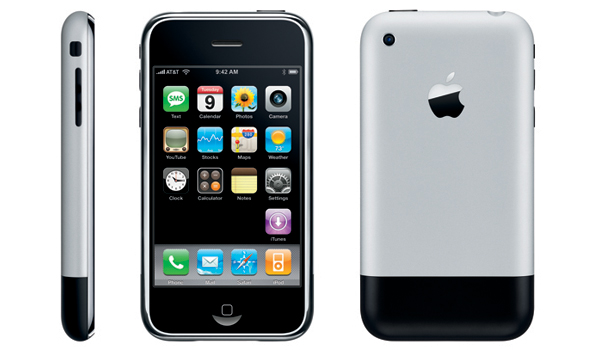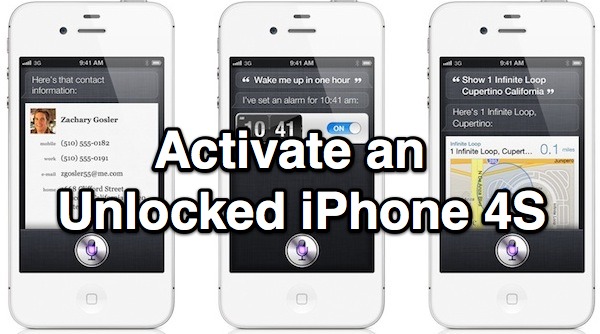Change & Customize the Dock in Mac OS X Lion with Docker

We have gone through tons of OS X Dock tips before, but with the help of a free Lion compatible app called Docker, we can apply many changes to the Docks behavior and customizations to the Docks appearance easily with just a few clicks.
What exactly can you customize? Using Docker, you can: change Dock style from 3D to 2D, adjust translucency of icons, change the indicator style and color, change the color of the Docks outline, customize the Docks background to an image or a transparency, change the Docks position on screen, switch the minimize effect, increase the icon size beyond the default limits, make various changes to the app icons within the Dock, add spacers to the left and right side of the Dock, add custom stacks, and more.
Of course you can always revert back to the default settings at any point too. Here are a few different Dock styles that were quickly made with the help of the app:


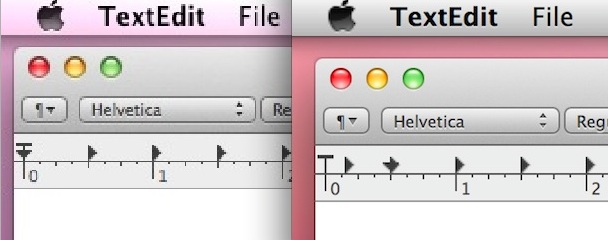
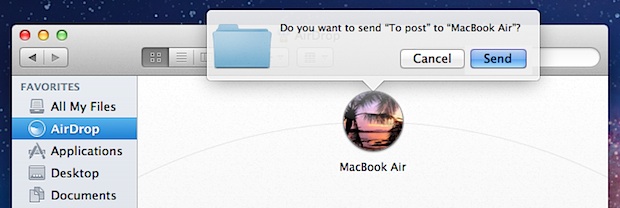


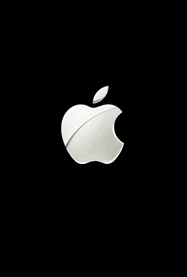 Occasionally through the standard iOS upgrade process, but most commonly when jailbreaking, the iPhone can reboot and get stuck on the Apple logo at boot. This basically looks like the “” against a white or black screen.
Occasionally through the standard iOS upgrade process, but most commonly when jailbreaking, the iPhone can reboot and get stuck on the Apple logo at boot. This basically looks like the “” against a white or black screen.
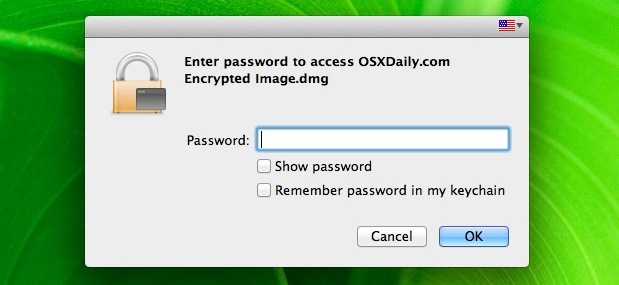



 Ever wondered how to make a zip file in Mac OS X? We recently demonstrated how to
Ever wondered how to make a zip file in Mac OS X? We recently demonstrated how to 

